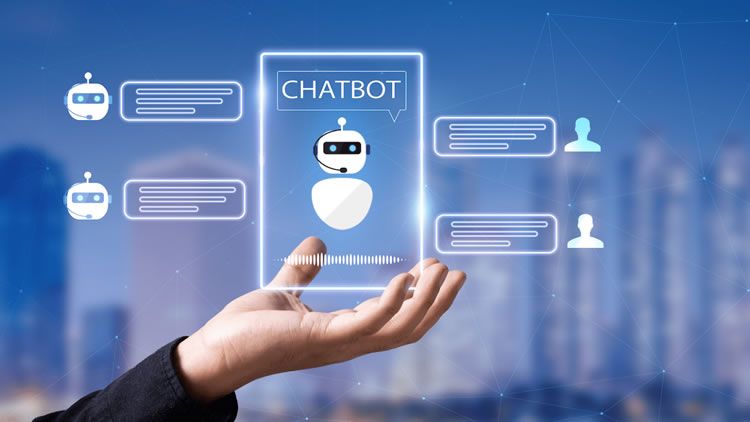I am Your Virtual Assistant. How May I Help You?
News & Trends
According to a report by Grand View Research, the global chatbot market size is expected to reach USD 1.25 billion by 2025, growing at a CAGR of 24.3% from 2020 to 2025. These numbers speak for themselves, answering the question whether chatbots have a future.
When being asked about whether they like being connected to a robot, consumers often complain about their lack of a conversational flow. Sometimes, the chatbot conversation feels like a script and a bit robotic. Chatbot conversations lack personalization.
One of the main reasons behind the failure of chatbots though is the lack of human intervention that plays a crucial role in configuring, training, and optimizing the system without which bots risk failure. As a result, many companies have not been able to implement them even after investing in them. Advancing technologies will make it easier to implement chatbots more successfully.
We have listed the main capabilities of chatbots and virtual assistants in a technical context to better understand what is ahead.
1. Natural Language Processing (NLP):
AI-powered chatbots and virtual assistants leverage NLP to understand and interpret user inquiries, regardless of their phrasing or language variations. NLP allows chatbots to accurately comprehend member questions, requests, or concerns and provide appropriate responses.
2. Contextual Understanding:
AI enables chatbots to understand the context of a conversation by analyzing previous interactions or user data. This contextual understanding helps chatbots provide more accurate and personalized responses. For example, a chatbot can refer back to previous member queries or tailor recommendations based on past preferences.
3. 24/7 Support:
AI-powered chatbots and virtual assistants can offer round-the-clock support to association members. They can handle a wide range of common inquiries, such as membership queries, event registration, resource access, or general information. This ensures that members receive timely assistance even outside of regular business hours.
4. Personalized Recommendations:
AI enables chatbots to provide personalized recommendations based on member preferences and behavior. By analyzing member data, chatbots can suggest relevant events, resources, or opportunities that align with each member's interests, enhancing their engagement with the association.
5. Continuous Learning and Improvement:
AI allows chatbots and virtual assistants to learn from user interactions and improve over time. They can analyze user feedback, success rates, and response accuracy to identify areas for improvement. With machine learning algorithms, chatbots can continuously refine their knowledge base and responses, providing more accurate and helpful information to members.
6. Multichannel Integration:
AI-powered chatbots can seamlessly integrate with various communication channels, such as websites, mobile apps, social media platforms, or messaging services. This enables associations to provide consistent and personalized support across different channels, allowing members to interact with chatbots in their preferred way.
7. Handoff to Human Support:
AI-powered chatbots can recognize situations where human intervention may be required and smoothly transition the conversation to a human support agent. This ensures that complex or sensitive inquiries can be efficiently addressed by human staff while still benefiting from the initial assistance provided by the chatbot.
The power of chatbot technologies may be the best indicator for the growth for this market segment. This technology has the ability to enhance member experience, to reduce the workload on association staff, and to ensure consistent and timely responses to member inquiries.
Related
Address
WEEcommunicate.com
3109 Grand Avenue , Ste 416
Miami, FL 33133
USA




